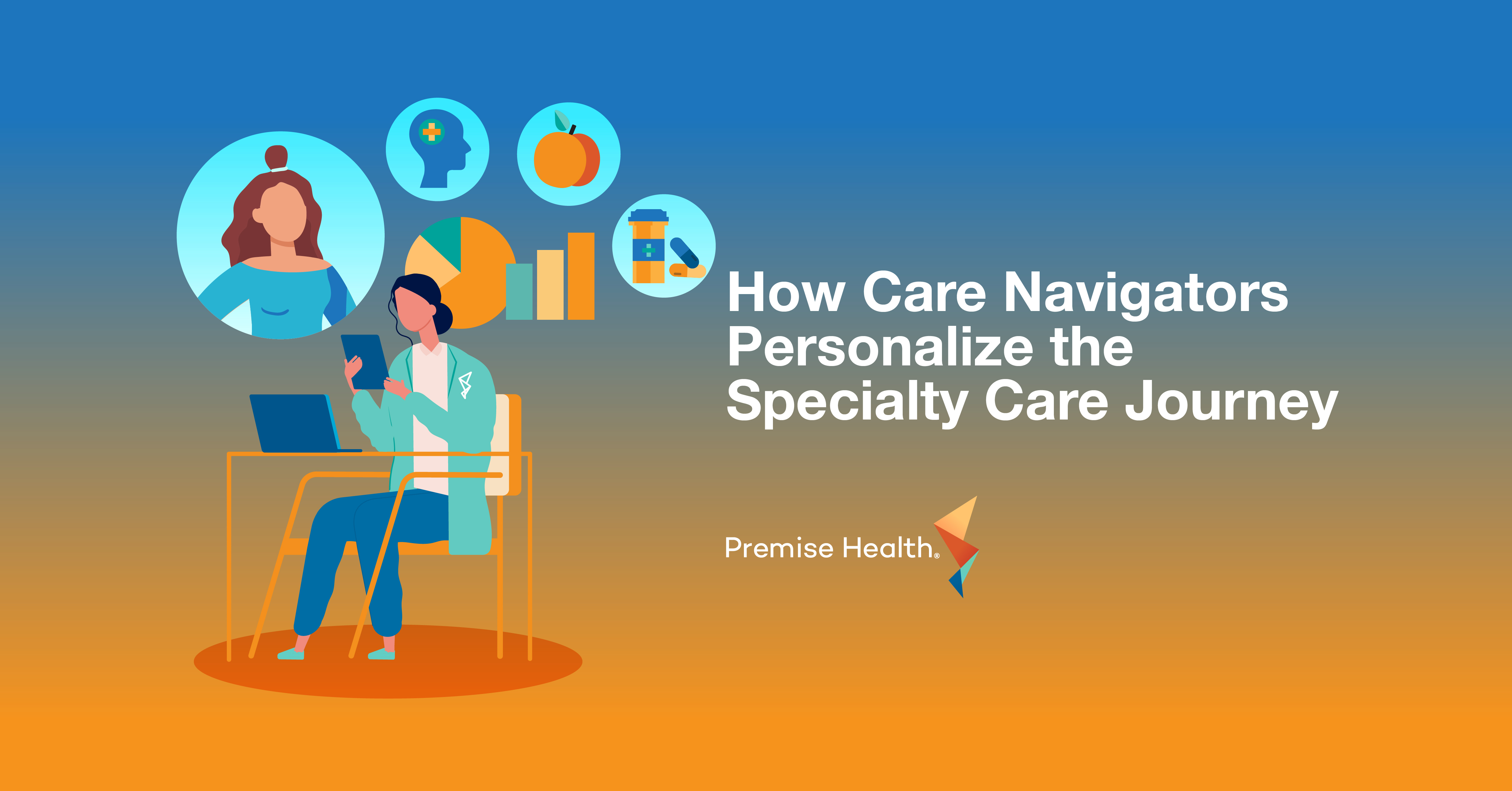From Crisis to Care: Addressing Mental Health Challenges for Union Members
Union members know that mental health matters. Long hours, physical demands, and work-related stress and burnout can take a toll, but as some of the most important members of our workforce, union workers are resilient with a deep commitment to their work and families. That’s why it’s so critical to support union workers when it comes to mental health and why unions and organizations like Taft-Hartley funds play an important role in ensuring access to behavioral health care.
The Growing Mental Health Crisis Among Union Workers
Union workers utilize a hands-on skillset that provides the foundation for many of the most crucial organizations in America. In these physically and mentally demanding roles, anxiety, depression, and substance use are on the rise and it’s showing up in job performance, safety, and overall wellbeing. The numbers can speak for themselves. In 2021 construction workers accounted for nearly 18% of suicide deaths in industries with a reported occupation, despite making up only about 7% of the workforce. And it’s not just construction; industries like mining, service, and transportation also reported some of the highest rates of alcohol and drug use disorders.
The good news? Unions are in a unique position to help. While the pressures of the job are very real, many unions can impact access to care through their health benefit plans. By providing direct, proactive, and holistic care that is more accessible, affordable, and barrier-free, unions can ensure their members get the support they need before small struggles turn into big problems.
How Unions Can Lead the Charge for Mental Health
So, what exactly does all this look like in practice for union leaders? Introducing mental health initiatives early in an employee’s career can go a long way in setting the foundation for long-term wellbeing. By fostering a culture where mental health is a priority and ensuring proper access to care is available, unions can make a real difference.
This could mean incorporating both virtual and in-person care options, making support more accessible for workers with busier schedules. These virtual behavioral health options make privacy and flexibility the priority while also encouraging employees to take initiative to get ahead of mental health struggles. Expanding beyond traditional Employee Assistance Programs (EAPs) to offer long-term, onsite or nearsite counseling is another option to encourage proactive mental health services that can help stop issues before they turn more serious.
Union leaders can begin taking tangible steps towards mental health prioritization by first assessing the current program in place. Does the current healthcare provider understand the diverse range of needs from the union member population? Are there any current glaring gaps in coverage? If the answer is yes to one or both, it may be time to reevaluate and look at available options. Additionally, the normalization of use of these services can go a long way in ensuring union members feel safe and supported by leadership. This can be as simple as incorporating mental health into workplace safety discussions and consistently communicating resources to appropriate parties.
Breaking the Barriers to Mental Health Support
Let’s be honest, seeking mental health support is not always the easiest thing to do. Stigma often makes admitting to stress, anxiety, or burnout feel like a weakness when, in reality, it’s a sign of strength. Concerns about confidentiality, cost, and trust in the mental health system only add to the challenge. As a result, many union members don’t receive care until they’re already in crisis, rather than benefiting from early intervention.
To truly support mental health in the workplace, unions need a provider that understands these barriers and delivers proactive care and resources for employees. This could mean having behavioral health and primary care in the same wellness center to reduce stigma of what type of visit someone is having. It could be offering onsite or nearsite care that’s more convenient for workers to access than a community provider. A direct healthcare model can help, too, with shorter wait times and easier scheduling for union populations. Even embedding counselors within the organization can make a difference by building awareness through outreach initiatives. Unions are uniquely positioned to break down some of the stigmas that exist when it comes to mental healthcare, and the right healthcare partner can help.
Downstream Effects and Costs
The impact of inaction on mental health support affects individuals and organizations alike. When mental health needs go unaddressed, organizations see higher rates of absenteeism, lower productivity, increased safety risks, and worsened long-term health outcomes. Employees with untreated mental health conditions may have trouble focusing, experience heightened stress, and generally feel more fatigued on the job. This can lead to decreased performance and higher rates of accidents, especially in certain unionized job roles that may be more physically demanding.
The effects also go beyond the workplace. Chronic stress and mental health struggles are linked to serious physical conditions like high blood pressure, heart disease, and diabetes. When these issues go unchecked, healthcare costs increase drastically for individuals and unions. In 2024 alone, over $477 billion was spent by organizations on avoidable and unnecessary expenses related to mental health inequities. Healthcare systems are also feeling the strain with 57.2 million primary care visits and 5.8 million emergency department visits annually related to mental health conditions.
Proactive mental health support is more than just a compassionate approach, it is a critical investment for organizations that helps employees stay healthy and significantly reduces long-term costs.
Integration through Advanced Primary Care
Properly integrating behavioral health with primary care is a game changer for holistic wellness. With an advanced primary care approach, mental health services work hand-in-hand with primary care, resulting in better, more holistic care for union members. This not only normalizes mental healthcare but also drives significant cost savings for organizations.
In fact, our latest book of business analysis for 2024 revealed that advanced primary care with Premise Health saved employers and unions an average of 30% on total healthcare costs. On top of that, employers that specifically offered primary care and behavioral health together saved $5,377 PMPY. By offering care when and where it’s needed most, unions can help their members address mental health concerns early, reducing the need for costly hospital and emergency room visits. It’s a smarter, more accessible way to support both physical and mental wellbeing.
The Future for Unions
Mental healthcare shouldn’t be another challenge for union workers to deal with on a daily basis. Just as unions have always fought for fair wages, job security, and workplace safety, they can also lead the charge in prioritizing mental wellness. By embracing advanced primary care to integrate behavioral health services and creating a culture where mental wellbeing is valued, unions can build a healthier future for their members; and Premise is here to help you do that. It’s time to move from crisis to care, because when union members are supported, everyone benefits.
Interested in learning more about how Premise Health serves unions? Visit our unions page here or be sure to contact us here.
Next on industry insights.

One Less Errand, One Healthier Member: The Power of 90-Day Prescriptions
Read the Blog
How Care Navigators Personalize the Specialty Care Journey
Read the Blog